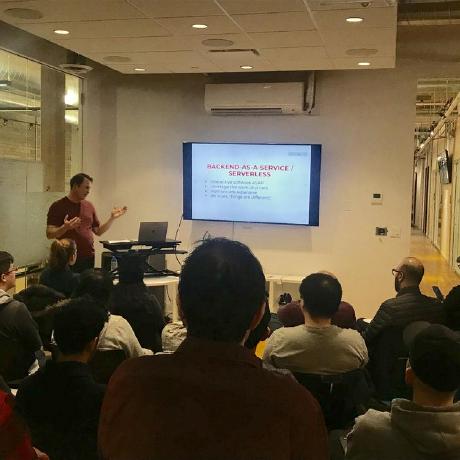We have written a lot of code in past few posts. I want to add tests and also I want to see if there are opportunities to standardize the way we approach testing of the different "things" we are creating.
AWS Amplify Authorization Pattern
In this post I want to discuss one option for authorizing users to do "stuff" in a React web app built using AWS Amplify. We've walked through the process for creating React web apps that leverage AWS Amplify in other posts so I am going to assume if you are reading this you are familiar with the process.
28. Media Library - Settings Front-end
In this post we will begin wiring up the ability to manage settings in our GUI.
27. Media Library - Settings Back-end
This post is going to feel like a bit of a repeat of #25 where we added the back-end to support the administration of Properties. In this case we are going to add the back-end support for Settings. We will use settings when we manage individual properties, specifically, the settings we want to manage will be applied to the images loaded to the Media Library.
Calling AWS AppSync, or any GraphQL API, from AWS Lambda, part 2
In this post we are going to rewrite the Function we created in part 1 but in this post our API will use AWS Cognito for authentication (as opposed to an api key). Our scenario is the same as part 1 and we will use the same GraphQL client (graphql-request).
Calling AWS AppSync, or any GraphQL API, from AWS Lambda, part 1
In a previous post I discussed calling a REST API from Lambda. In that post we were calling out to an external API to gather data. In this post I want to follow those same patterns but call a GraphQL API. For this post to make sense you should review the previous post.
26. Media Library - Admin Properties Front-end
In this post we will begin wiring up the ability to manage properties in our GUI.
25. Media Library - Admin Properties Back-end
In this post we will continue where we left off in the previous post. We will add the required back-end pieces to manage properties.
Calling a REST API from AWS Lambda (The Easy Way)
In this day and age, the era of serverless applications and microservices, it is not unusual that one back-end needs to call another back-end to complete a task. Recently, I found myself needing to make an API call from the server-side (back-end) of a serverless application written with the AWS serverless stack. I'm intentionally using a small s with AWS serverless as I am not referring to the AWS Serverless reference architecture but to an application that leverages an AWS back-end without using servers. In particular, I am leveraging AWS Amplify and AppSync (if you have found this post you have likely seen my posts regarding those technologies) which are, as of the time of this post, not part of the AWS Serverless reference architecture.
24. Media Library - Admin Portal
To this point we have built a lot of boilerplate code. That is, what we have built is code that really isn't specific to our application, it is code required by any application. We've built authentication and authorization, we've build our navigation, etc. Now we will start to work on the features that define this specific application.
